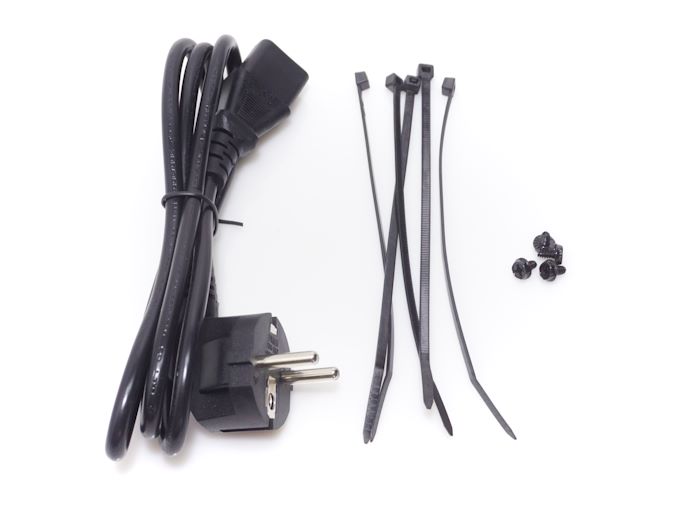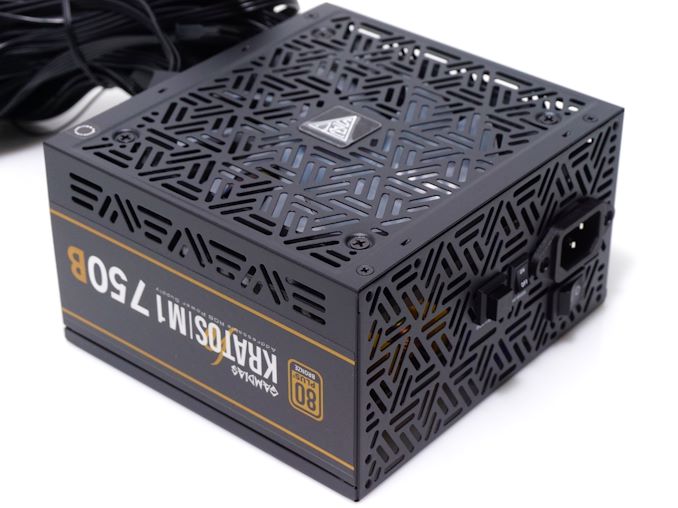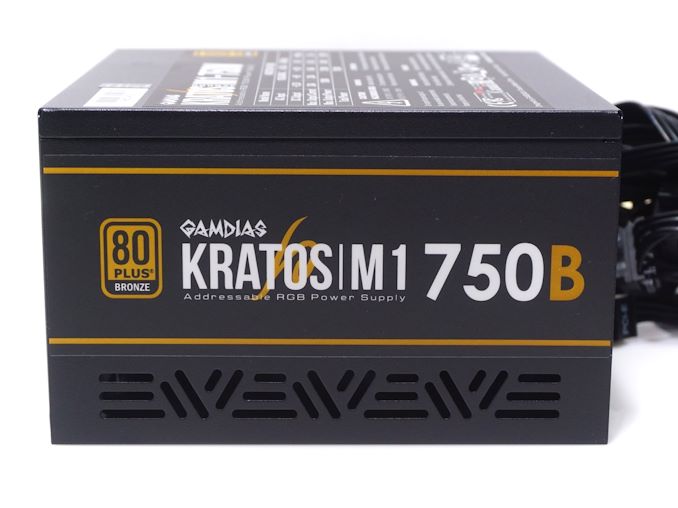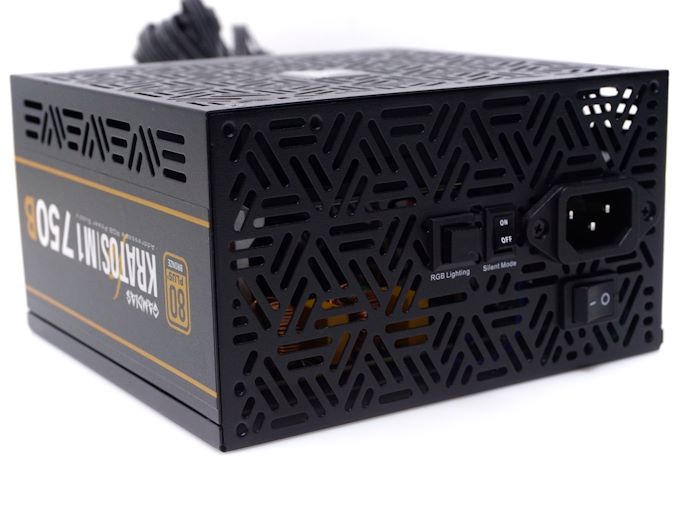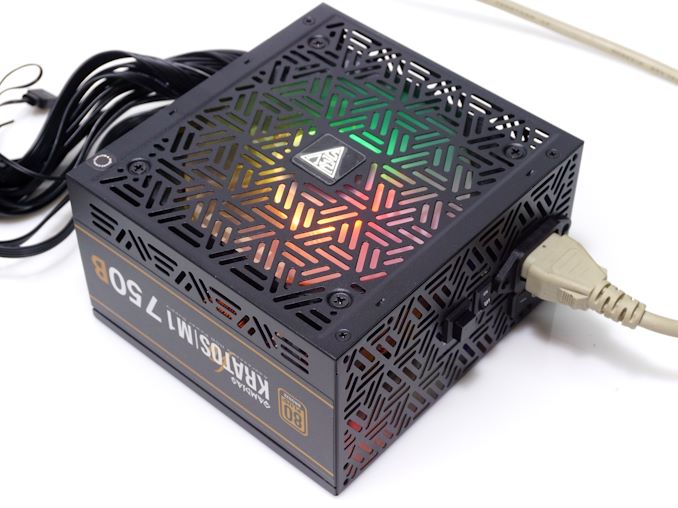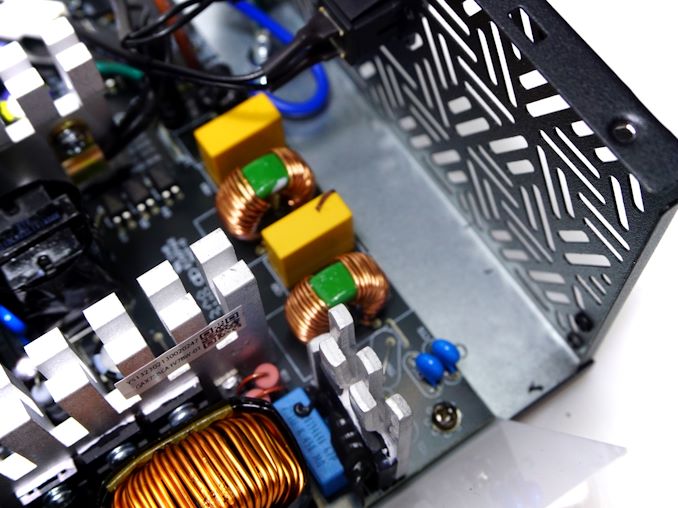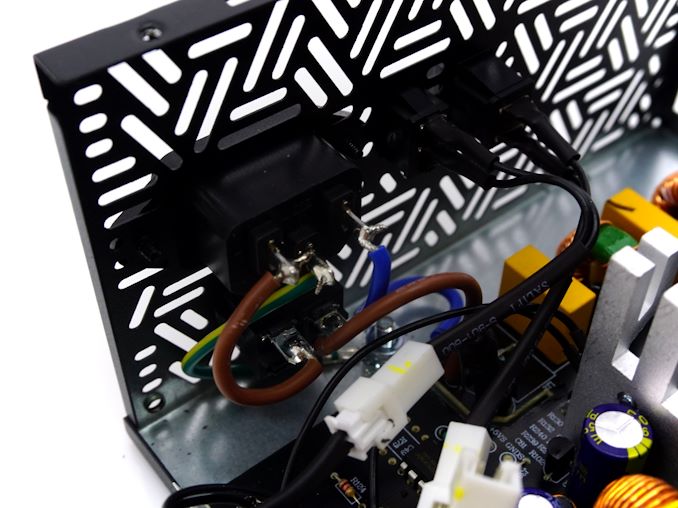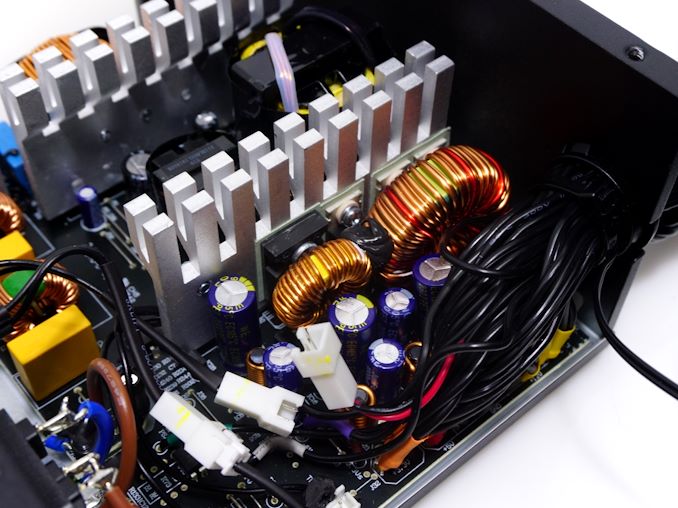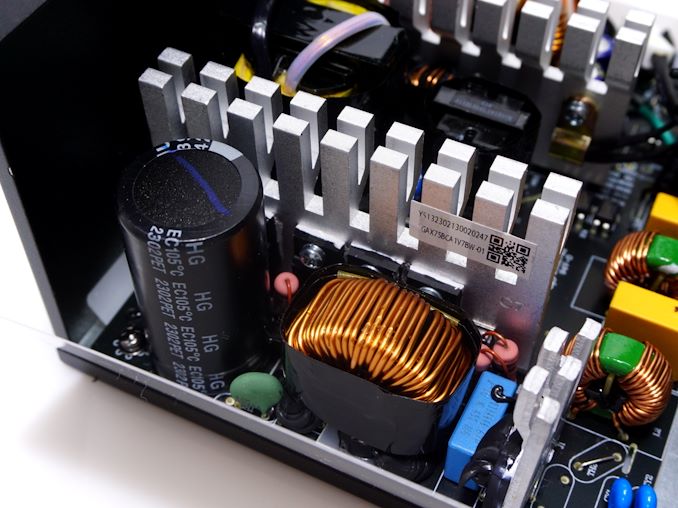GAMDIAS, a substantial player in the realm of PC power and cooling components, has consistently garnered attention for its innovative approach to crafting gaming hardware solutions. The company emerged on the scene in 2012. Despite its relatively short history, this Taiwanese manufacturer has rapidly gained international recognition, positioning itself as one of the freshest yet promising names in the world of gaming peripherals and PC components.
In a market teeming with options, GAMDIAS has strategically honed its focus on the gaming sector, navigating the intricate balance between cost-effectiveness and ostentatious design. The company offers a wide range of PC power & cooling products, as well as peripherals and even furniture, all of which are designed to gratify a part of the gaming community.
Today, our attention is directed toward a product that targets the RGB-minded segment of the PC gaming market – the Kratos M1-750W PSU. While it may not bear the mantle of a flagship product designed for elite competition, the M1-750W PSU represents GAMDIAS’ venture into the territory where aesthetics is the primary selection feature. As we delve deeper into its intricacies, we will explore how GAMDIAS tries to strike a balance between cost and visual flair, making the Kratos M1-750W a viable proposition for users who seek a stylish PSU with RGB lighting without breaking the bank.
| GAMDIAS Kratos M1-750W Power Specifications ( Unknown °C Rating) |
|||||
| RAIL | +3.3V | +5V | +12V | +5Vsb | -12V |
| MAX OUTPUT | 20A | 20A | 60A | 2.5A | 0.3A |
| 130W | 720W | 12.5W | 3.6W | ||
| TOTAL | 750W | ||||
| 80 Plus Rating | Bronze | ||||
| AC INPUT | 100 – 240 VAC, 50 – 60 Hz | ||||
| MSRP | $59.99 |
Packaging and Bundle
We received the GAMDIAS Kratos M1-750W PSU in a cardboard box featuring an impressive external design. All of the core features of the unit are printed on the front, with detailed information on the sides and rear of the box. The box itself is sturdy but there is no additional packaging inside to protect the unit, which is merely wrapped in a nylon bag. This could result in a number of products arriving DOA, as there is no cushioning to dampen any significant bumps and consistent vibrations.
Expectedly, the bundle of the Kratos M1-750W is Spartan, limited to just the necessary AC power cable, mounting screws, and a few cable ties. At the price range, this unit is being targeted to, even the cable ties are an unforeseen luxury.
| Kratos M1-750W | ||
| Connector type | Hardwired | Modular |
| ATX 24 Pin | 1 | – |
| EPS 4+4 Pin | 2 | – |
| EPS 8 Pin | – | – |
| PCI-E 5.0 | – | – |
| PCI-E 8 Pin | 4 | – |
| SATA | 5 | – |
| Molex | 2 | – |
| Floppy | 1 | – |
The GAMDIAS Kratos M1-750W PSU
External Appearance
The external appearance of the Kratos M1-750W certainly is unique even without its lighting on, with the company punching a pattern of their triangular logo on every side of the chassis, except from its top. The chassis measures 140 mm long, adhering to the ATX design guide recommendations and making it compatible with any ATX-compliant case. This PSU is not modular and every cable is hardwired to the unit. GAMDIAS is using flat, ribbon-like black wires and black connectors.
GAMDIAS placed the large sticker with the unit’s electrical specifications and certifications on the top side of the chassis. Simple decorative stickers featuring the company and PSU series logos can be found covering most of the surface area on both sides of the chassis.
As the Kratos M1-750W is not modular, the front side of the chassis is entirely plain. On the rear side however, aside from the typical power cable receptacle and on/off switch, there are two more switches – one that circles through lighting patterns and one that toggles on/off the unit’s “silent mode”. Typically, we would expect the “silent mode” switch to be turned on/off the semi-passive thermal profile of a unit but this is not the case here. The Kratos M1-750W has no semi-passive mode and the fan of the unit will always spin, with the silent mode being the unit’s typical thermally-based fan speed control mode. Turning that off will simply force the fan to maximum speed regardless of the load.
The prime selling point of the Kratos M1-750W is its external design and RGB lighting. Although the RGB LEDs are all inside the fan’s hub, they are fairly powerful and crisp, creating a strong visual effect. There is a large number of effects users can cycle and select using the switch at the rear of the unit but the LEDs also are addressable, allowing customization if the unit is connected to a compatible motherboard or LED controller (5V Digital RGB Header). Users can switch the RGB control input from internal to motherboard/external by simply holding the button pressed for three seconds.
Internal Design
The fan responsible for the cooling of the Kratos M1-750W is made by PowerYear, a relatively well-known Chinese electronics manufacturer. The PY-1225M12S is an 120 mm fan that features a sleeve bearing engine and has a maximum speed of 1800 RPM.
The OEM behind the GAMDIAS M1-750W is Andyson, an OEM that is we meet infrequently but they typically do a fairly good job at designing mainstream and performance platforms. This unit is based on a modernization of a platform that has been around for quite some time, which may be very simple by today’s standards but it also is a proven design with zero potential for surprises.
The filtering stage of the GAMDIAS M1-750W PSU is very basic, with just two Y capacitors, two X capacitors, and two filtering inductors. One input rectifying bridge can be found on its own small heatsink near the edge of the PCB. One Jun Fu 420V/390μF capacitor and a sizable filtering inductor are the passive components of the APFC circuitry.
The active components of the APFC circuit, two MOSFETs and a booster diode, share the same heatsink as the primary inversion transistors, two of which form a simple half-bridge double forward inversion topology. The two inversion transistors are 60R190P from Magnachip, which are relatively new chips that have fairly good on-resistance and other electrical parameters.
On the secondary side, we can see the four power transistors that generate the DC rails, three forming the 12V/5V lines and an independent circuitry for the 3.3V line. This is the first unit in several years that we have seen without DC-to-DC circuitry on the secondary side. The 3.3V and 5V lines are generated via a group regulation scheme, with the controller monitoring the 12V and 5V lines as one. This approach can become a significant problem in modern systems, where there is very little to no load on the 5V line, throwing the 5V rail way out of the design guide’s recommended limits. All of the secondary side capacitors are supplied by Jun Fu as well. Many users may be wary of Jun Fu as a supplier since we rarely see them inside PC PSUs but Jun Fu actually is a very reliable capacitors manufacturer, better than what we typically expect to find in a low-cost design.



